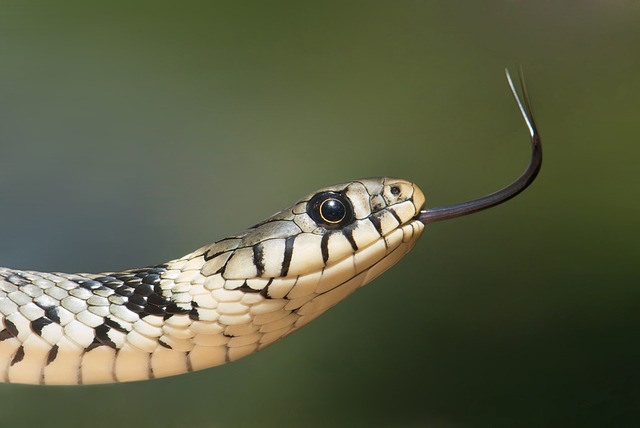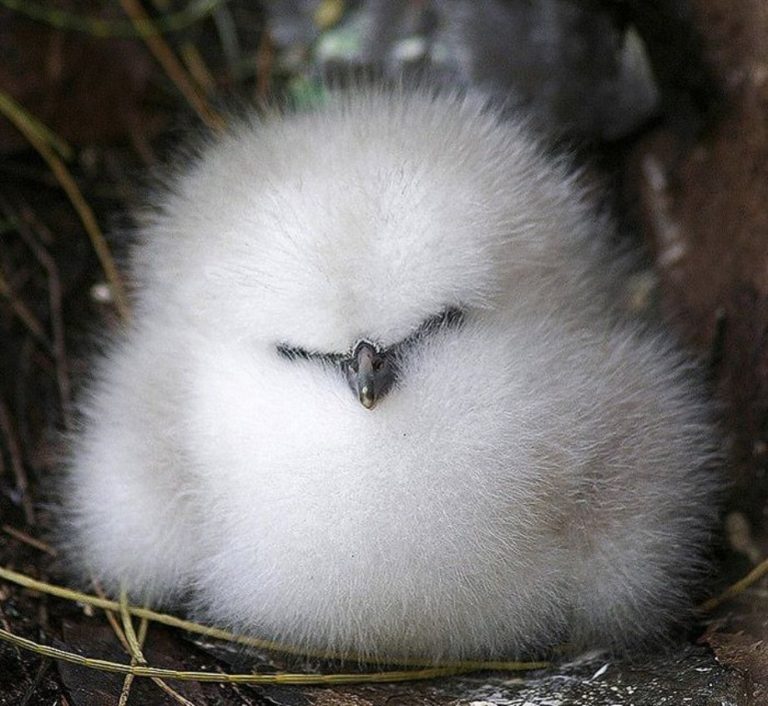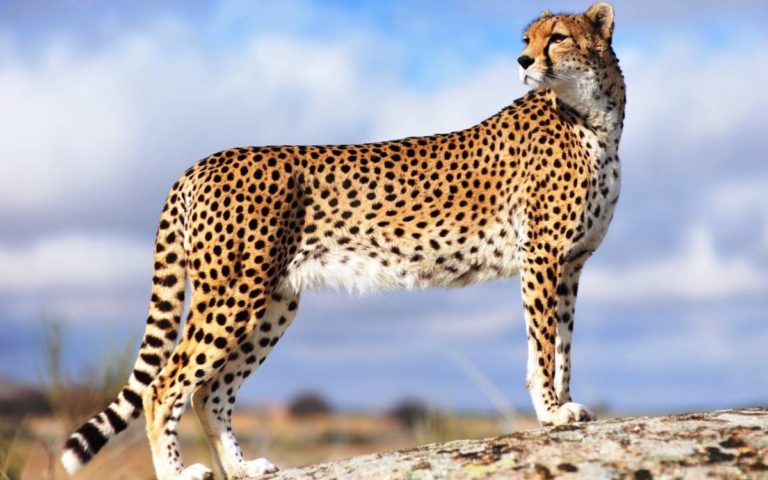Flowers That Look Strangely Like Birds: Nature’s Most Delightful Illusions
Nature has a talent for surprises, and few are as charming as flowers that mimic the shapes of birds. Some resemble doves, others look like parrots or even hummingbirds frozen mid-flight. Below is a collection of seven remarkable blooms that blur the line between plant and animal.
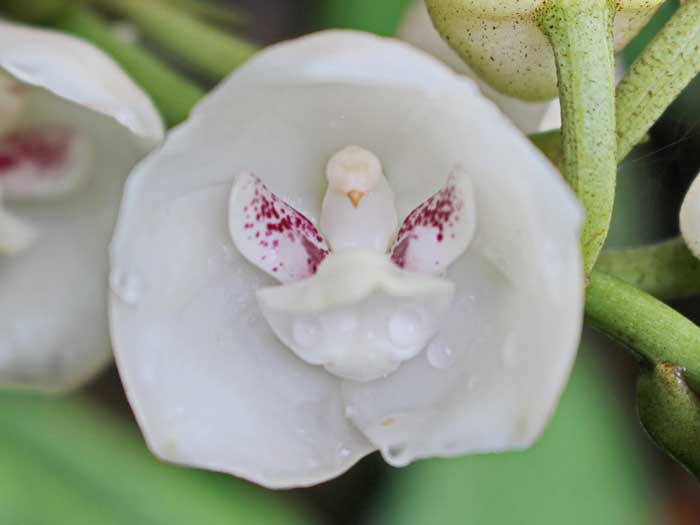
Peristeria: The Dove Orchid
Peristeria, often called the Dove Orchid or Holy Ghost Orchid, is instantly recognizable for one reason: its blossoms look uncannily like tiny white doves nestled inside each petal. Each plant grows a tall stem lined with 4 to 12 ivory flowers decorated with soft purple speckles.
Native to the forests of Central and South America, this orchid is also the national flower of Panama. Before blooming, its buds resemble hooded monks in prayer—another reason people find it so captivating. Sadly, despite once growing in large numbers, the Dove Orchid is now endangered.

Caleana: The Flying Duck Orchid
Australia is home to one of the most whimsical flowers on Earth—the Flying Duck Orchid (Caleana). True to its name, this tiny bloom looks exactly like a duck soaring through the air. Its deep maroon, purple, and occasionally green hues create a vivid, almost sculptural form.
These orchids grow wild across eastern and southern Australia and typically bloom between September and January. Because of their unusual shape and coloration, they’re a favorite among plant enthusiasts and photographers alike.

Crotalaria cunninghamii: The Bird Flower
Crotalaria cunninghamii, more commonly known as the Bird Flower, takes the resemblance even further. Its blooms mimic small green hummingbirds hovering beside a stem, complete with a curved “beak” and upright posture.
These striking flowers grow in Australia’s inland deserts and coastal dunes, thriving in sun-baked, sandy soils. Their shape is so convincing that many people mistake them for tiny birds at first glance.

Phalaenopsis: Moth Orchids With a Sweet Morning Fragrance
Phalaenopsis, or Moth Orchids, are beloved for both their beauty and their scent. At dawn, these orchids release a soft, sweet aroma that makes them popular as indoor plants. Despite their delicate appearance, they’re exceptionally easy to grow.
As epiphytes, they don’t need soil at all—they absorb moisture and nutrients directly from the air. In nature, they cling to tree trunks and branches, which also makes them wonderfully low-maintenance for home growers.

Impatiens psittacina: The Parrot Flower
The Parrot Flower (Impatiens psittacina) is one of Southeast Asia’s most unusual blooms. It resembles a brightly colored parrot in mid-flight, complete with curved wings and a pointed beak.
Because it requires intense humidity and heat, it grows naturally in tropical regions of Southeast Asia and parts of the Americas. Its blossoms are typically carmine red or soft violet, and the plants often form lush, dense clumps.
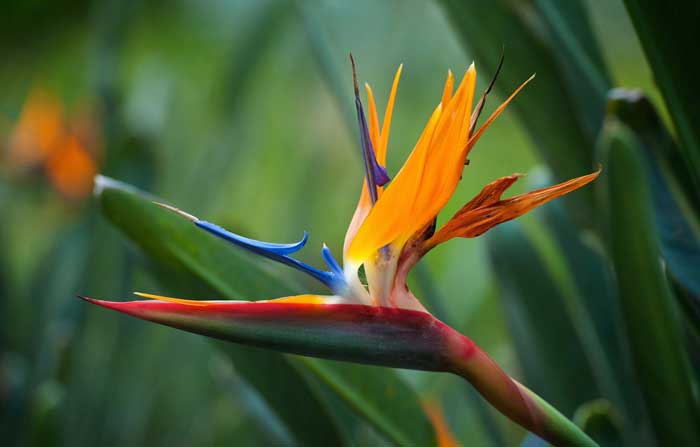
Strelitzia: The Iconic Bird of Paradise
Strelitzia may be the most famous bird-shaped flower in the world. Known as the Bird of Paradise, it looks like a vibrant, long-beaked bird perched among tall leaves. Its vivid orange, purple, yellow, and white petals create a dramatic, lifelike silhouette.
These plants love warm climates and flourish in tropical and subtropical gardens. With their bold shape and color, they’re often used as natural focal points in landscaping.
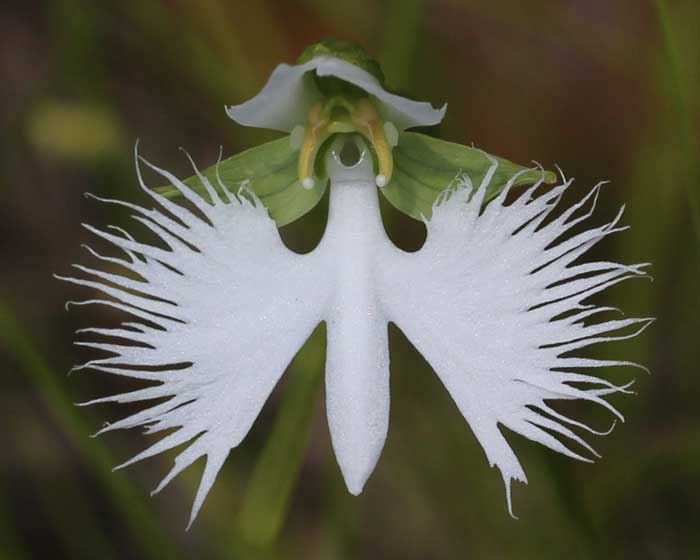
Habenaria radiata: The White Egret Orchid
Habenaria radiata, or the White Egret Orchid, is a breathtaking bloom that captures the elegance of an egret in flight. Its feathery petals resemble delicate wings, while the pure white color enhances the illusion.
This species grows naturally across Japan, China, Korea, and parts of Russia, often appearing in wetlands or on misty mountain slopes. Although cultivated in the U.S. and other countries, wild populations have dwindled due to climate change and habitat loss.


